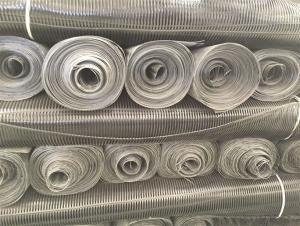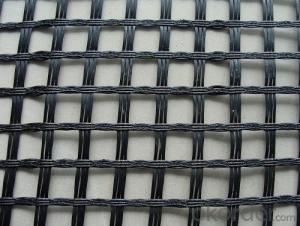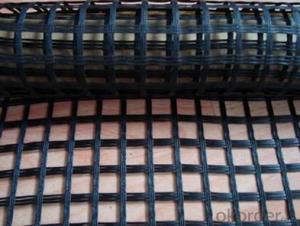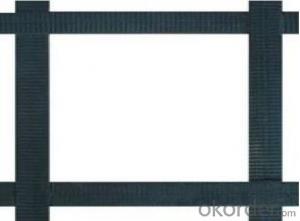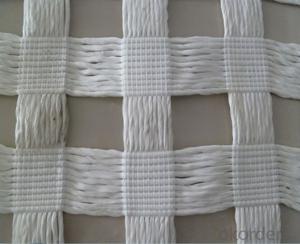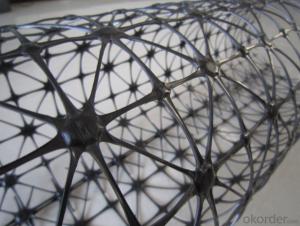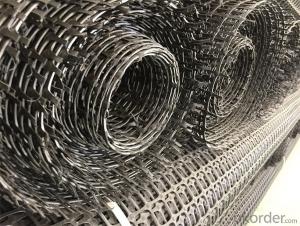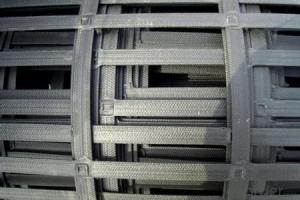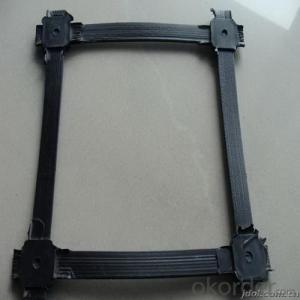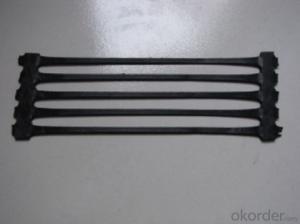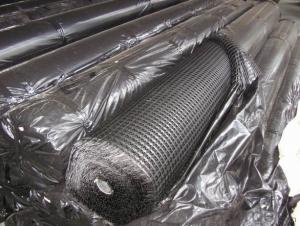Tensar Triax Tx170 Geogrid
Tensar Triax Tx170 Geogrid Related Searches
Led For Cannabis Growing Fiberglass Sheets For Roofing Geogrid For Road Construction Geogrid For Erosion Control Geogrid For Soil Stabilization Geogrid For Horse Paddocks Geogrid For Gravel Geogrid For Pavers Geogrid For Steep Slopes Geogrid For DrivewaysHot Searches
Tensar Geogrid For Sale Tensar Triax 160 Geogrid Price Tensar Ss40 Geogrid Price Tensar Tx160 Geogrid Price Triax Geogrid Price Tensar Triax Tx160 Price Tensar Tx160 Price Tensar Type 2 Geogrid Tensar Structural Geogrid Tensar Geogrid Installation Tensar Geogrid Suppliers Tensar Bx 1200 Geogrid Tensar Tx 130 Geogrid Tensar Triax Tx 140 Geogrid Tensar Biaxial Geogrid Bx1200 Tensar Biaxial Geogrid Bx1500 Fiberglass Scaffolding For Sale Fiberglass Panels For Sale Fiberglass Greenhouses For Sale Geogrid Fabric For SaleTensar Triax Tx170 Geogrid Supplier & Manufacturer from China
Okorder.com is a professional Tensar Triax Tx170 Geogrid supplier & manufacturer, offers integrated one-stop services including real-time quoting and online cargo tracking. We are funded by CNBM Group, a Fortune 500 enterprise and the largest Tensar Triax Tx170 Geogrid firm in China.Hot Products
FAQ
- Is there a big difference between horizontal permeability and vertical permeability coefficient
- . That is to say, the permeability coefficient of geosynthetics is broad. The vertical permeability coefficient is unique to geotextiles. The test methods of permeability coefficient and vertical permeability coefficient are similar.
- The factors that affect the long-term creep behavior of geogrids include the type and quality of material used in the geogrid, the load applied on the geogrid, the duration and frequency of the load, the temperature and environmental conditions, and the installation and construction techniques employed.
- Some cost considerations for using geogrids in construction projects include the initial cost of purchasing and installing the geogrids, the potential cost savings in terms of reduced excavation and material requirements, the long-term durability and maintenance costs, and the overall benefits and value that geogrids can provide to the project.
- Geogrids are manufactured by extruding or weaving polymer materials such as polypropylene or polyester into a grid-like structure. This process involves melting the polymer, forming it into a grid pattern, and cooling it to create a strong and flexible geogrid.
- Geogrid tgsg50-50 what does it mean
- It is a kind of geogrid with biaxial stretching square mesh. 45-45 is tensile strength
- A woven geogrid is made from weaving durable synthetic fibers together, creating a strong and flexible grid structure. On the other hand, a non-woven geogrid is formed by bonding synthetic fibers together using heat and pressure, resulting in a uniform and stable matrix. Overall, the key difference lies in the manufacturing process and structure, with woven geogrids offering higher tensile strength and stability, while non-woven geogrids provide better filtration and drainage properties.
- Geogrids prevent lateral spreading of soil by providing tensile strength and reinforcement to the soil, effectively increasing its stability and preventing it from shifting or sliding laterally.
- Yes, geogrids can be used in shoreline protection against wave action. Geogrids are synthetic materials that provide reinforcement and stabilization to soil and are commonly used in various civil engineering applications, including coastal protection. They can be used to enhance the stability of shorelines by preventing erosion and reducing the impact of wave action.






